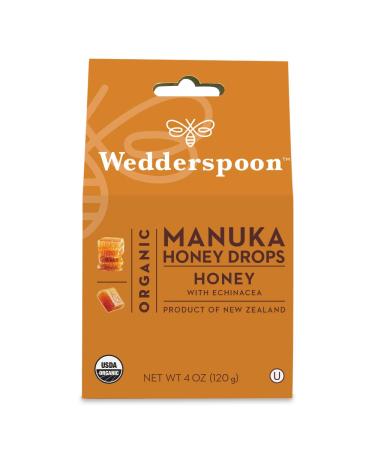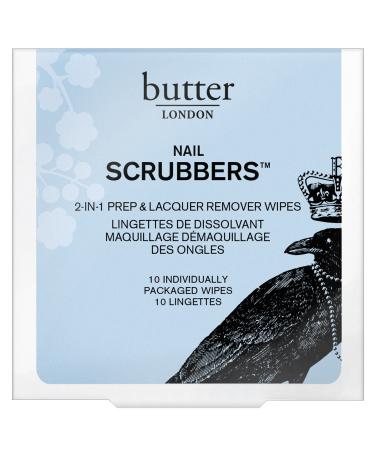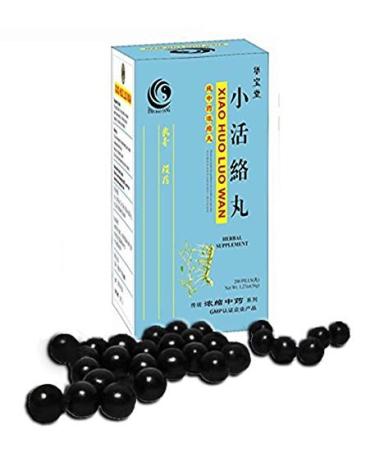Unique Taste, Exquisite Taste at MühendisARI
Our highland flower honey, with its exquisite scent and aroma that you can't detect even in the most fragrant perfumes, is collected by our bees from the flowers in the Anatolian highlands and produced to bring to your table. Our Yüksek Yayla honey, with its aroma and flavor that captivates you, undergoes SPECIAL PRODUCTION and SENSITIVE STAGES before being placed in MühendisARI jars for you, WITHOUT COMPROMISING ITS NATURALITY.
MühendisARI BITLIS KARAKOVAN HONEY
Karakovan Honey from the Bitlis region has a unique flavor, melts in your mouth, and is a naturally produced, untouched specialty produced by engineer bees. However, the real issue here is that not every honey called Karakovan is the same, and this quest for naturalness is highly susceptible to abuse. As the MühendisAri Family, we produce our Karakovan honey specifically for you. Without compromising on naturalness and without introducing additives like sugar, syrup, or glucose into our apiary, we harvest as much nectar as our bees can from nature and offer it to you for your enjoyment.
Engineer Bee Bitlis Region Karakovan honey attracts people with its unique scent and pleasant aroma, and even when consumed abundantly, it doesn't cause discomfort. We don't claim it's a budget-friendly honey, because you won't be able to get enough. Waxed Dogan comb honey is a must-have for families who prefer it. Bitlis Region Karakovan honey is golden yellow in color. It may leave a very small amount of wax in the mouth. However, this is inherent in the nature of honey and beeswax. Natural beeswax melts at temperatures above 60 degrees Celsius, making it difficult to melt. Due to the honey's consistency, it dissolves and disappears in the mouth. Our Bitlis region's black hive honey is entirely waxed by our bees, and no artificial comb is used. Furthermore, contrary to popular belief, black hive honey is not produced in complete darkness, without exposure to sunlight. It is a type of honey naturally produced in modern hives. We have no doubt that you and your family will enjoy this type of honey.
.
-It is a honey that quickly absorbs into the blood and provides energy.
-Karakovan honey builds blood and has blood-forming properties.
-It cleans microbes and helps strengthen the immune system.
-As a powerful antioxidant, it protects against heart disease, vascular disease, and cancer.
-It is excellent for eye disorders.
-.
-Reduces cholesterol.
-Prevents liver diseases such as jaundice and Hepatitis B and Hepatitis C.
-.
-It is good for conditions such as diarrhea.
-.
EngineerARI GEVEN HONEY PRODUCTION FARM INFORMATION
RESPONSIBLE EXPERT BEEKEEPER: TAYFUN DERIN
NUMBER OF BEE COLONIES: 450
KONAK YAYLA: Rural area of Hizan district
ACCOMMODATION DATE RANGE: JUNE 15 - SEPTEMBER 15
HONEY PRODUCED: KARAHIVAN HONEY
HONEY PLANTS IN THE HIGHLANDS: Astragalus - THYME - HONEY BABA - VECTOR
MühendisARI's KARAHIVAN HONEY PRODUCTION ADVENTURE
The spring season in beekeeping is generally spent on the Mediterranean and Aegean coasts. Colony maintenance begins with the blooming of the first flowers. Colonies are strengthened to produce healthy honey. Sometimes, if conditions are right, citrus honey can even be harvested before our honey-producing bees in Bitlis. If we've already produced citrus honey, we get a head start on the season, which means we can cover our honey season expenses. We experience a less stressful season. Suitable bee colonies are selected from our bee farms that stay on the Mediterranean coast to spend the season. If seasonal conditions are suitable, these selected beehives are lowered to a suitable location in the Mus plain. We call this the mid-season. We don't wait to harvest the honey, but it's a crucial time for colony health. To select a suitable plateau in Bitlis for honey production, our experienced beekeeper, Tayfun Derin, sets out in May. He selects the suitable plateau and determines the land where our bees will be housed. Our engineer, Tayfun Derin, who is responsible for the Bitlis region's Karahive Honey production farm, loads the bees onto trucks from their Mus encampment in mid-June and heads to the selected plateaus in Bitlis. This journey is quite challenging and arduous for both the bees and the honeybee. Once we safely land the bees on the field, our Engineer Bee Bitlis Region Black Hive Honey production adventure begins to accelerate. Honey flowers are slowly beginning to bloom in nature. From this point on, our bees begin collecting and storing honey. There's nothing quite like watching the bees enjoy the abundance of honey nectar in beekeeping. Black hive honey is harvested once a year. For this harvest, it's necessary to wait for the honey to fully ripen. The more ripe the honey, the more viscous it becomes, and the natural wax becomes crisp. Harvesting black hive honey requires special care. It must be preserved and stored immediately after being extracted from the beehive, without any further processing. Our team meticulously completes this delicate process. The honey reaches the warehouse, and the honey's journey is complete. All that remains is for it to reach you, ready for your enjoyment. But the adventure doesn't end in the apiary winter preparations begin. Because the bees that produce black hive honey perform a much more demanding task, the colonies naturally weaken, which naturally increases costs. Winter food checks are carried out to ensure they survive the winter. Colonies must be healthy to repay us for our efforts. Bee colonies are moved to the Mediterranean coast for the winter. This work is usually done in late September. Of course, the work isn't over, nor is the maintenance. Necessary maintenance is carried out until approximately the end of November, and the beekeeper's partial vacation begins from that month onwards. But their minds are always on their bees.













